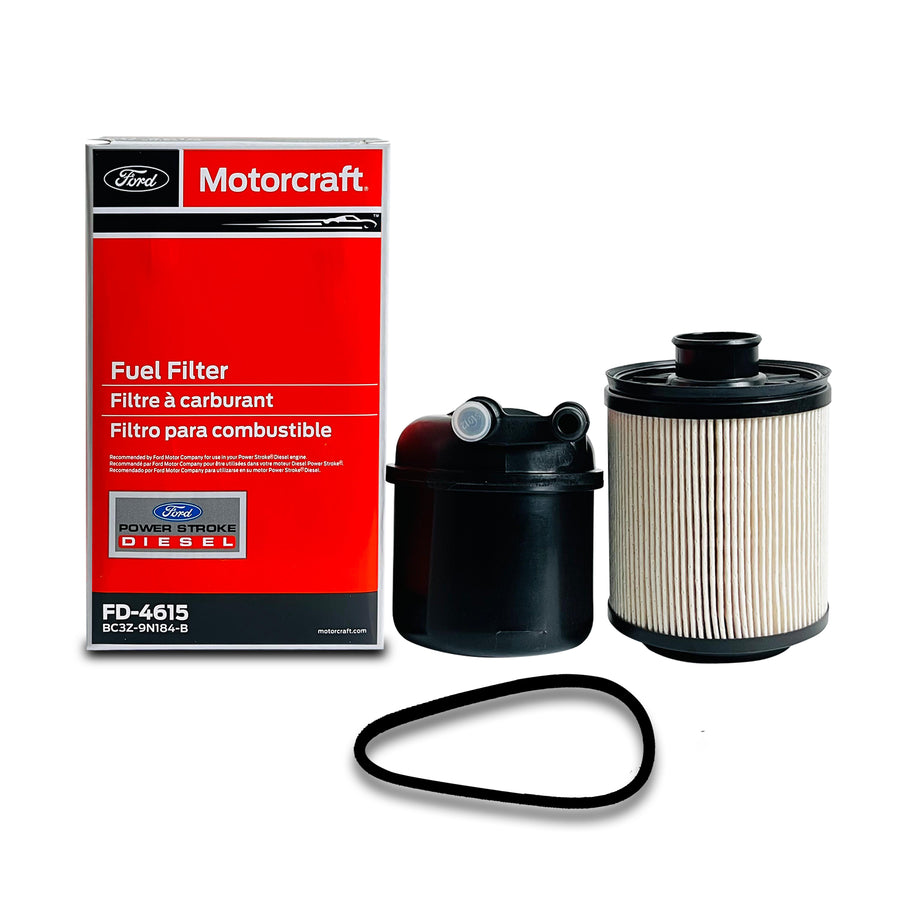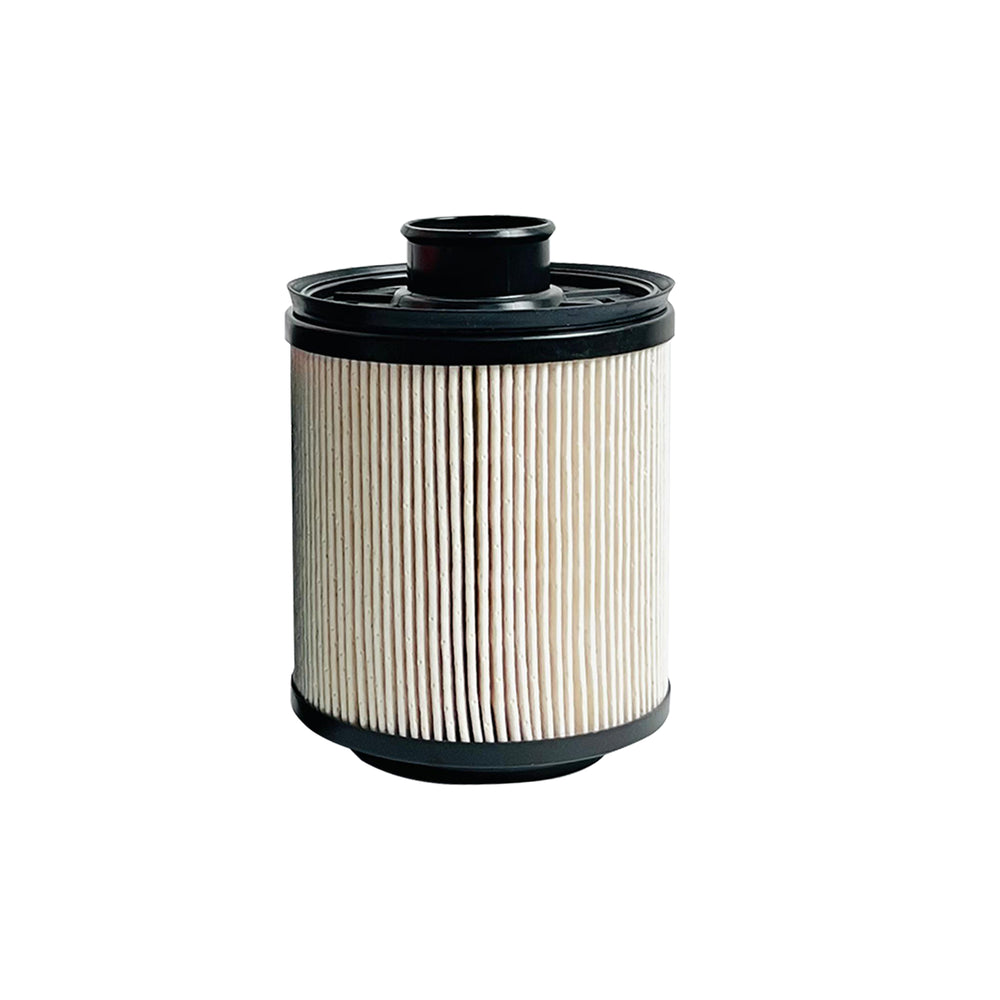A Comprehensive Guide to FORD fuel filter replacement intervels
The fuel filter is a crucial component in the fuel system of your Ford vehicle. It plays a vital role in protecting the engine by removing impurities and contaminants from the fuel before it reaches the engine. Over time, these impurities can clog the filter, reducing fuel flow and potentially causing damage to the fuel injectors or other engine components. In this detailed note, we will discuss Ford fuel filters, including their types, location, replacement intervals, and signs of a clogged filter, to help you ensure optimal performance and longevity of your Ford vehicle.

Types of Ford Fuel Filters: Ford vehicles typically utilize two main types of fuel filters: inline fuel filters and fuel filter modules.
-
Inline Fuel Filters: Inline fuel filters are typically found in older Ford vehicles and are installed along the fuel line between the fuel tank and the engine. They are often disposable and can be replaced separately from other fuel system components.
-
Fuel Filter Modules: Fuel filter modules are commonly used in newer Ford vehicles. They are integrated into the fuel pump assembly and consist of a filter and a pressure regulator. When replacing a fuel filter module, the entire assembly is typically replaced.
Location of Ford Fuel Filters: The location of the fuel filter in a Ford vehicle can vary depending on the model and year. In some Ford vehicles, the fuel filter is located along the frame rail, near the fuel tank. In others, it may be situated near the engine compartment. Consult your vehicle's owner's manual or service guide to locate the specific fuel filter in your Ford model.

Replacement Intervals: Ford provides specific recommendations for fuel filter replacement intervals in their vehicle owner's manuals. It is essential to refer to these guidelines for the most accurate information tailored to your specific Ford model. However, as a general guideline, it is typically recommended to replace the fuel filter in your Ford vehicle every 30,000 to 40,000 miles (48,000 to 64,000 kilometers) or every 2 to 3 years, whichever comes first. Adhering to these intervals helps maintain optimal fuel flow and protects the engine from potential damage.
Signs of a Clogged Fuel Filter: Recognizing the signs of a clogged fuel filter is crucial for timely maintenance and preventing engine performance issues. Some common indicators include:
-
Engine Misfires: A clogged fuel filter can disrupt fuel flow, leading to engine misfires, rough idling, or hesitation during acceleration.
-
Reduced Power and Poor Performance: If you notice a significant decrease in engine power, sluggish performance, or difficulty maintaining consistent speeds, it may be due to restricted fuel flow caused by a clogged filter.
-
Difficulty Starting: A clogged fuel filter can make it harder for the engine to start, resulting in prolonged cranking or even engine stalling.
-
Poor Fuel Economy: A decrease in fuel efficiency could be an indication of a clogged fuel filter, as it hinders the proper delivery of fuel to the engine.
-
Engine Stalling or Shutdown: In severe cases, a completely clogged fuel filter can cause the engine to stall or shut down unexpectedly, requiring immediate attention.
Conclusion: Regular maintenance and timely replacement of the fuel filter are essential for ensuring the optimal performance and longevity of your Ford vehicle's engine. While specific guidelines and intervals vary depending on the model and year, it is crucial to consult your vehicle's owner's manual for precise instructions. Being aware of the signs of a clogged fuel filter allows you to address potential issues promptly, protecting your engine from damage and maintaining fuel efficiency. By following recommended maintenance schedules and promptly addressing any fuel filter-related concerns, you can ensure a smooth and reliable driving experience in your Ford vehicle.





